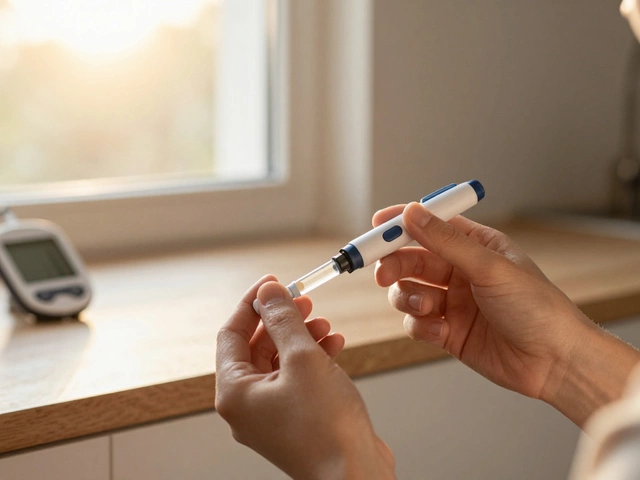Therapy: Practical Guides, Options, and Recovery Tips
When we talk about therapy, most people think of doctors’ appointments or fizzy pills. In reality, therapy covers a huge range of treatments – from surgery rehab plans to natural herbs that support organ health. Below you’ll find clear, bite‑size explanations of the most common medical therapies and a quick look at alternative approaches that are gaining traction in India.
Common Medical Therapies Explained
Orthopedic therapy tops the list for many readers because knee replacement surgery is on the rise. After a total knee arthroplasty, the toughest days are usually around day 2 or 3. Knowing the pain timeline helps you brace for swelling, use ice packs, and keep the knee moving safely. A simple UK‑focused recovery plan – short walks, gentle quad sets, and prescribed pain meds – can turn that “hardest day” into a manageable milestone.
Another hot topic is the newest alternatives to knee replacement that emerged in 2025. Procedures like genicular artery embolisation (GAE) or the MISHA Knee System aim to delay or avoid surgery altogether. They’re less invasive, cost‑effective, and often available in major Indian cities. If you’re uncomfortable with a full joint swap, ask your surgeon about these options.
Cancer therapy is a whole other arena. While some cancers remain incurable, early‑stage treatment can dramatically improve survival. Understanding the difference between stage 3 and stage 4 helps you set realistic expectations and choose the right clinical trial or palliative plan. Knowing whether stage 4 means terminal can also ease the emotional burden for patients and families.
Pharmacy therapy isn’t just about picking up a bottle. Mail‑order pharmacies promise convenience, but they can hide risks like delayed deliveries or medication errors. Before you switch, compare reliability, safety checks, and cost‑savings. Some services even bundle a monthly fee that covers a wide range of prescriptions – think of it as a subscription for your health.
Alternative and Complementary Approaches
Herbal therapy often shows up in the search for natural healing. Milk thistle, for instance, has solid evidence for supporting liver repair, while certain blends can aid digestion and detox. When choosing a brand, look for third‑party testing and transparent sourcing – not just big‑name marketing.
Ayurveda brings another layer of therapy, especially around lifestyle. If you’re battling grey hair, there are specific herbs and oil massages that may slow the process, though the science is still emerging. Likewise, the Ayurvedic sleep timing guide suggests that aligning bedtime with your dosha can improve rest and overall recovery.
Weight‑loss therapy has exploded with new drugs and supplements. The #1 weight‑loss pill claim often masks a mix of GLP‑1 agonists and older appetite suppressants. Before you pop anything, check the cost, side‑effects, and whether you truly need a prescription. Sometimes a simple diet adjustment or a reputable supplement can do the trick without the pharmacy bill.
Finally, therapy isn’t just about treating disease – it’s about preventing it. Knowing which everyday meds can raise blood sugar levels helps diabetics avoid hidden spikes. Simple swaps, like using acetaminophen instead of ibuprofen when safe, keep glucose steady and reduce complications.
Therapy, in any form, works best when you’re informed, realistic, and open to a mix of conventional and complementary options. Use the tips above as a starting point, ask your health provider the right questions, and remember that the best treatment plan is the one you can stick with day after day.








